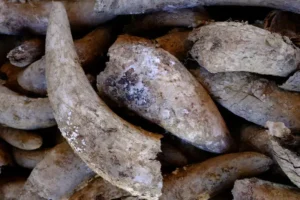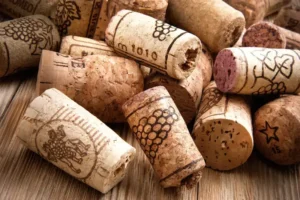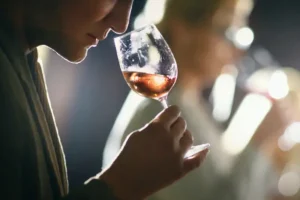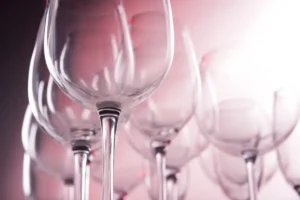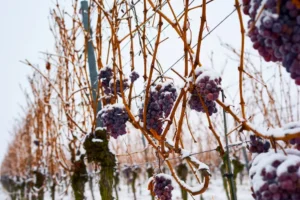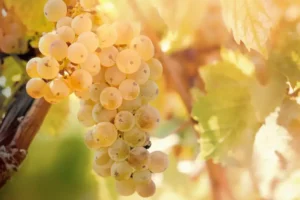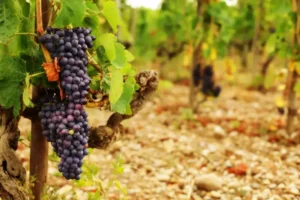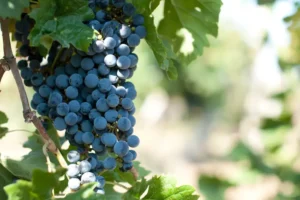What is Sauvignon Blanc?
Sauvignon Blanc is a white grape variety that originated in southwest France, in the Bordeaux region, where it has been grown for centuries. Its name comes from the French words sauvage (wild) and blanc (white), reflecting its history as a naturally growing vine. The grape is best known for its role in the Loire Valley, especially in Sancerre and Pouilly-Fumé, where it produces some of the most iconic expressions of crisp, mineral-driven white wine.
Over the centuries, Sauvignon Blanc gained global recognition for producing fresh, lively wines that reflect both the grape’s personality and the influence of where it’s grown. Today, it remains a cornerstone of classic French whites while also being celebrated internationally as a benchmark for crisp, aromatic wines.
What does Sauvignon Blanc taste like?
Sauvignon Blanc is instantly recognisable for its zesty freshness and expressive aromatics. At its core, you’ll find high acidity, which gives the wine its crisp, mouth-watering character. Flavours often range from lime, green apple, and gooseberry to more herbaceous notes like freshly cut grass, green bell pepper, and even tomato leaf.
On the palate, Sauvignon Blanc is zesty, light to medium-bodied, and refreshingly dry. Some wines, especially from the Loire, show smoky or mineral edges, while others lean more towards lush fruit and floral notes.
Climate influence
The exact profile depends on where it’s grown and how it’s made:
- In cooler climates (like Loire Valley or coastal Chile), Sauvignon Blanc leans toward citrus, green fruit, freshly cut grass with a sharp, flinty minerality.
- In warmer regions (California, South Africa, Australia), it develops riper tropical fruit flavours such as passion fruit, mango, or melon.
New Zealand Sauvignon Blanc is famously expressive, bursting with grapefruit, lime zest, passionfruit, and often a distinctive hint of freshly cut herbs.
Winemaking
Winemaking choices also play a role:
- stainless steel preserves its freshness,
- while oak ageing (as in some Bordeaux whites) can add body, creaminess, and hints of vanilla or toast.
Sauvignon Blanc Flavour Profile
- Body: Light to medium
- Acidity: High
- Sweetness: Dry
- Fruit flavours: Lime, grapefruit, green apple, passion fruit
- Other notes: Fresh cut grass, gooseberry, bell pepper, flint, wet stone (depending on terroir)
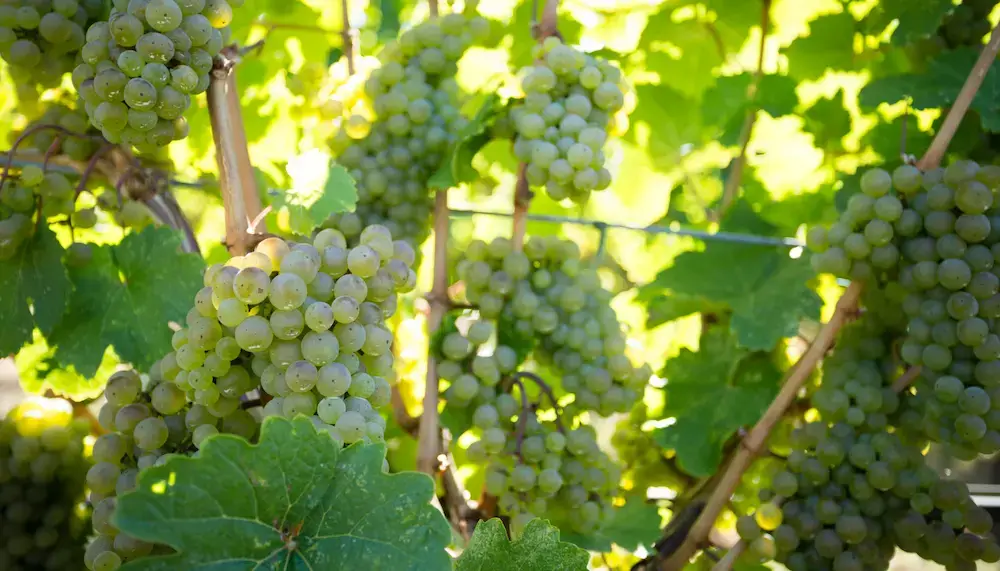
What food goes with Sauvignon Blanc?
Sauvignon Blanc is one of the most versatile wines to pair with food, thanks to its acidity and vibrant flavours.
Fish & Seafood
Sauvignon Blanc is one of the best wines for seafood and fish thanks to its crisp acidity and citrus-driven flavours.
It’s a classic match with oysters, mussels, scallops, and grilled prawns, as well as lighter fish like sole, cod, sea bass, or halibut. The zesty freshness of the wine lifts these delicate flavours and keeps the pairing light and refreshing.
For raw preparations like sushi and sashimi, Sauvignon Blanc enhances the purity of the fish and cuts through the richness, making it an excellent choice for Japanese cuisine.
When it comes to fattier fish such as salmon or tuna, a fuller-bodied Sauvignon Blanc works best. Oak-aged examples from Bordeaux or California provide enough weight and texture to balance the richness, while still keeping the bright acidity that makes Sauvignon Blanc so food-friendly.
Cheese
One of the most iconic pairings is Sauvignon Blanc with goat’s cheese. Loire Valley wines such as Sancerre and Pouilly-Fumé pair beautifully with the local cheeses Crottin de Chavignol or Valençay. The tangy acidity of both wine and cheese creates a refreshing harmony.
Soft cheeses such as feta, fresh mozzarella, or ricotta also work beautifully, while slightly firmer cheeses like Comté or Gruyère can complement fuller-bodied styles of Sauvignon Blanc.
Poultry
Sauvignon Blanc pairs exceptionally well with poultry, particularly dishes that highlight herbs or citrus. Roast chicken with tarragon, parsley, or thyme mirrors the herbal notes in the wine.
Lighter poultry preparations, like poached chicken or turkey breast, are also excellent with a crisp, stainless-steel-fermented Sauvignon Blanc.
For creamier preparations, such as chicken in a buttery sauce or a light chicken pot pie, a slightly fuller oak-aged style is a great option.
Vegetarian Dishes
Vegetables are a fantastic match for Sauvignon Blanc, especially green and herbaceous flavours. Asparagus, peas, green beans, zucchini, and artichokes harmonise with the wine’s herbal character.
Vegetarian pasta dishes with light lemon or herb sauces, risottos with spring vegetables, and salads with vinaigrette also shine. The wine’s acidity lifts the freshness of vegetables, while its aromatics enhance herbal and green flavours.
Spicy Food
Riper, fruit-forward Sauvignon Blanc from warmer regions can complement lightly spiced dishes. Think Thai green curry, Vietnamese spring rolls, ceviche with chili, or Mexican fish tacos. The wine’s tropical fruit flavours and refreshing acidity help balance heat while enhancing the overall flavour profile of the dish.
Creamy Dishes
Oak-aged Sauvignon Blancs, such as Bordeaux Blanc or Californian examples, offer more body and richness, making them ideal with creamy foods. Try pairing them with pasta in a lemon cream sauce, roast poultry in a buttery sauce, or even creamy mushroom dishes.
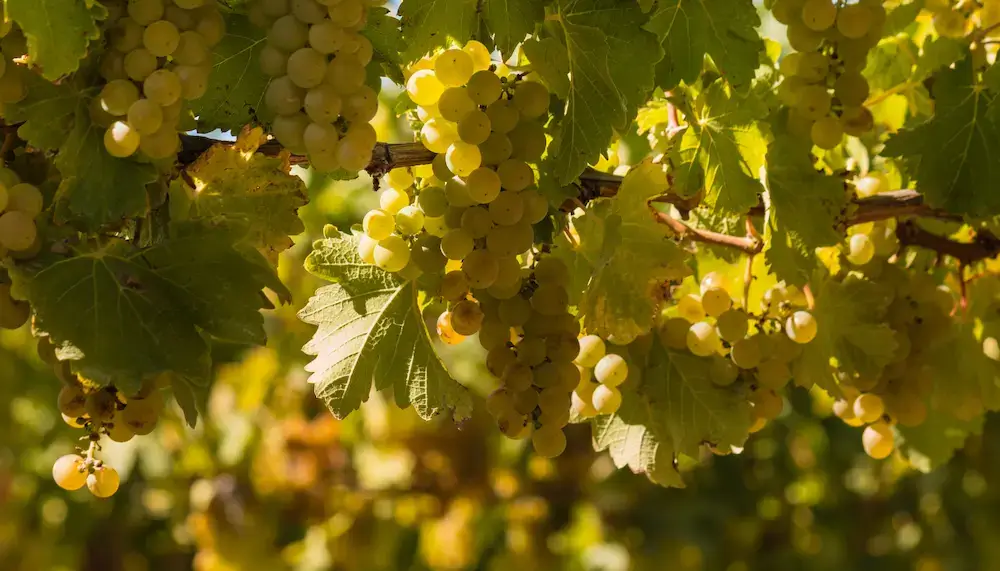
Where do you find Sauvignon Blanc?
Sauvignon Blanc is grown across the world, thriving in cooler climates where it retains its crisp acidity and aromatic intensity. Each region offers a slightly different expression of the grape, from mineral-driven French classics to fruit-forward New World styles.
France
Sauvignon Blanc originated in France, and it remains at the heart of classic French whites.
The Loire Valley produces some of the most celebrated expressions, including Sancerre and Pouilly-Fumé, known for their zesty citrus, green apple, and flinty mineral notes.
In Bordeaux, Sauvignon Blanc is often blended with Sémillon to create both dry whites (Graves, Entre-Deux-Mers) and the renowned sweet wines of Sauternes and Loupiac.
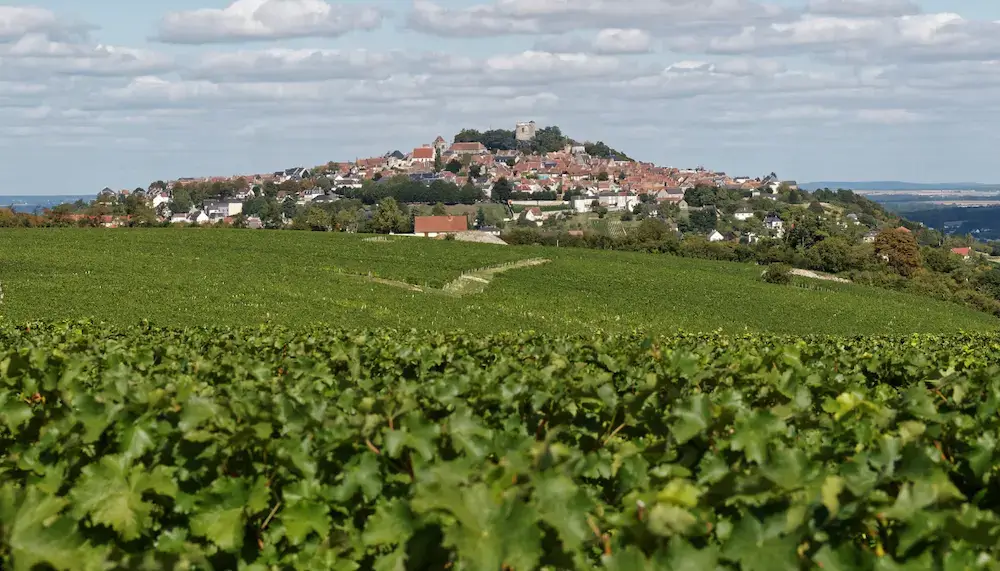
Sancerre, France
New Zealand
New Zealand, particularly Marlborough, is globally recognised for vibrant, aromatic Sauvignon Blanc. These wines are highly expressive, bursting with grapefruit, passionfruit, and tropical fruit, often complemented by subtle herbaceous notes. Martinborough and Hawke’s Bay also produce elegant, refined styles with slightly more restraint.
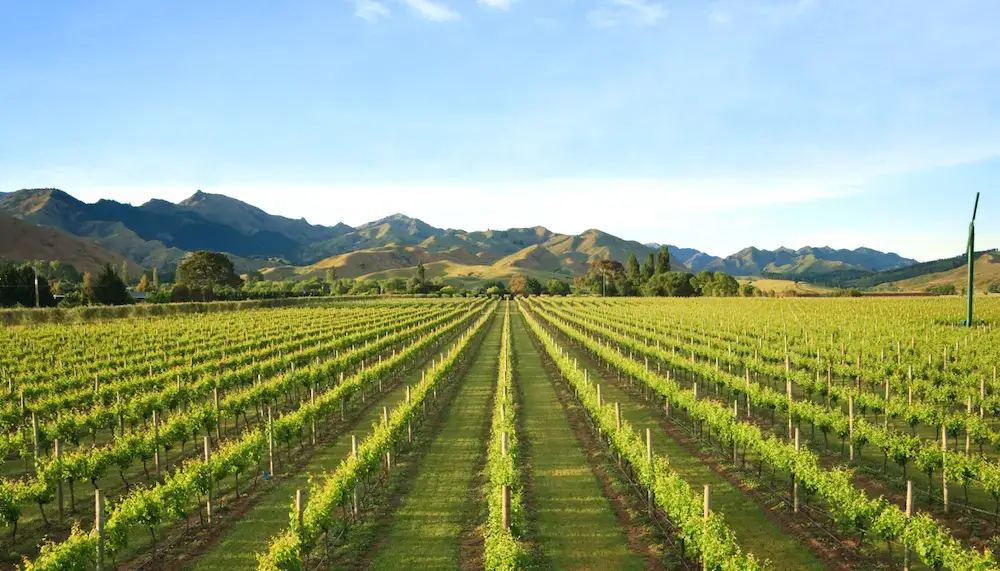
Marlborough, New Zealand
California, USA
In the US, California Sauvignon Blanc is sometimes labelled Fumé Blanc, a term popularised by Robert Mondavi. These wines can range from zesty and citrus-driven to fuller-bodied, oak-aged examples with richer texture.
Cooler regions such as Sonoma Coast, Santa Barbara, and Napa Valley produce crisp, aromatic wines that reflect their terroir.
South Africa
In Stellenbosch and Constantia, Sauvignon Blanc is grown in cooler coastal sites, producing crisp, vibrant wines with tropical fruit, lime, and sometimes a mineral edge.
Chile
Chilean Sauvignon Blanc thrives in coastal valleys like Casablanca and Leyda, where the cool Pacific influence preserves acidity and freshness. These wines often show bright citrus, green apple, and herbaceous notes at excellent value.
Australia
Cooler Australian regions such as Adelaide Hills, Margaret River, and Yarra Valley craft Sauvignon Blancs that balance zesty citrus and herbaceous notes, with some blended with Sémillon to add body and ageing potential.
Other regions growing Sauvignon Blanc
Sauvignon Blanc is also planted in Austria, Germany, Italy, and Argentina, often producing lighter, fresher styles. While the grape adapts well globally, cooler climates tend to showcase its signature crispness and aromatics most successfully.

